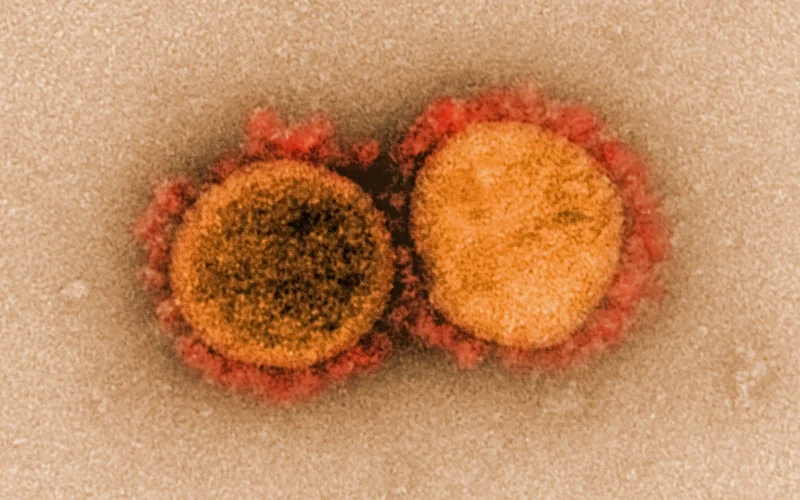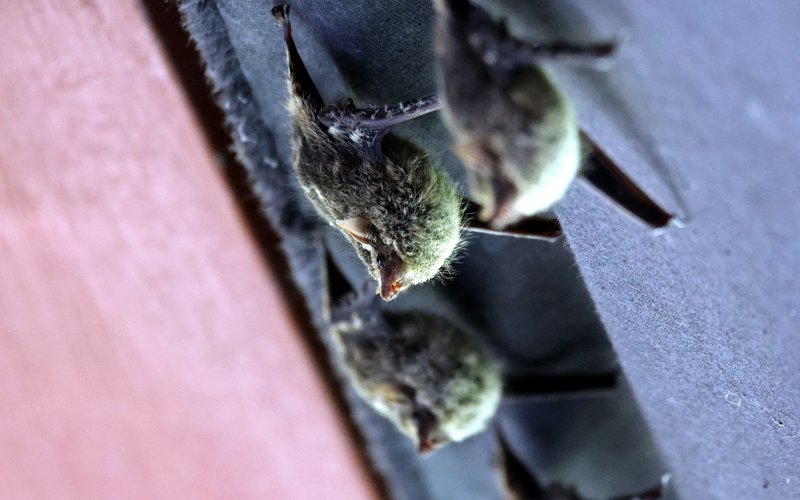New bat viruses found in China spark health concerns
Scientists have raised urgent concerns following the discovery of two newly identified bat-borne viruses in China’s Yunnan province, warning they may pose a significant threat to human health, reports a Kazinform News Agency correspondent.

Published this week in PLoS Pathogens, the study reports that the viruses - found in fruit bats - belong to the same genus as Nipah and Hendra, both known to cause deadly brain inflammation and respiratory disease in humans.
“These viruses are naturally hosted by fruit bats and are typically transmitted to humans through bat urine or saliva, often via contamination of food sources,” the researchers explained. “This finding is particularly significant as Yunnan province is a recognised hotspot for bat diversity.”
Scientists from the Yunnan Institute of Endemic Disease Control and Prevention examined the kidneys of 142 bats across ten species collected over four years. Unlike prior studies that focused mainly on bat feces, this research expanded the scope to internal organs, allowing for a more comprehensive analysis. Genome sequencing revealed 22 viruses - 20 of which were previously unknown to science. Two of these were henipaviruses, closely related to Nipah and Hendra, which have recorded fatality rates of up to 75% in past outbreaks.

Given the possibility of viral transmission via contaminated fruit, experts are calling for wider bio-surveillance. “Comprehensive, full-spectrum microbial analyses of previously understudied organs [are needed] to better assess spillover risks from bat populations,” the study concluded.
The findings underscore the ongoing risk of zoonotic diseases and highlight the urgency of proactive monitoring in biodiversity-rich regions like Yunnan.
Earlier, Chinese scientists reported the discovery of a new bat coronavirus that uses the same human receptor (ACE2) as COVID-19 and SARS, raising fresh concerns over potential animal-to-human transmission. The findings were published in Cell, according to the South China Morning Post.
